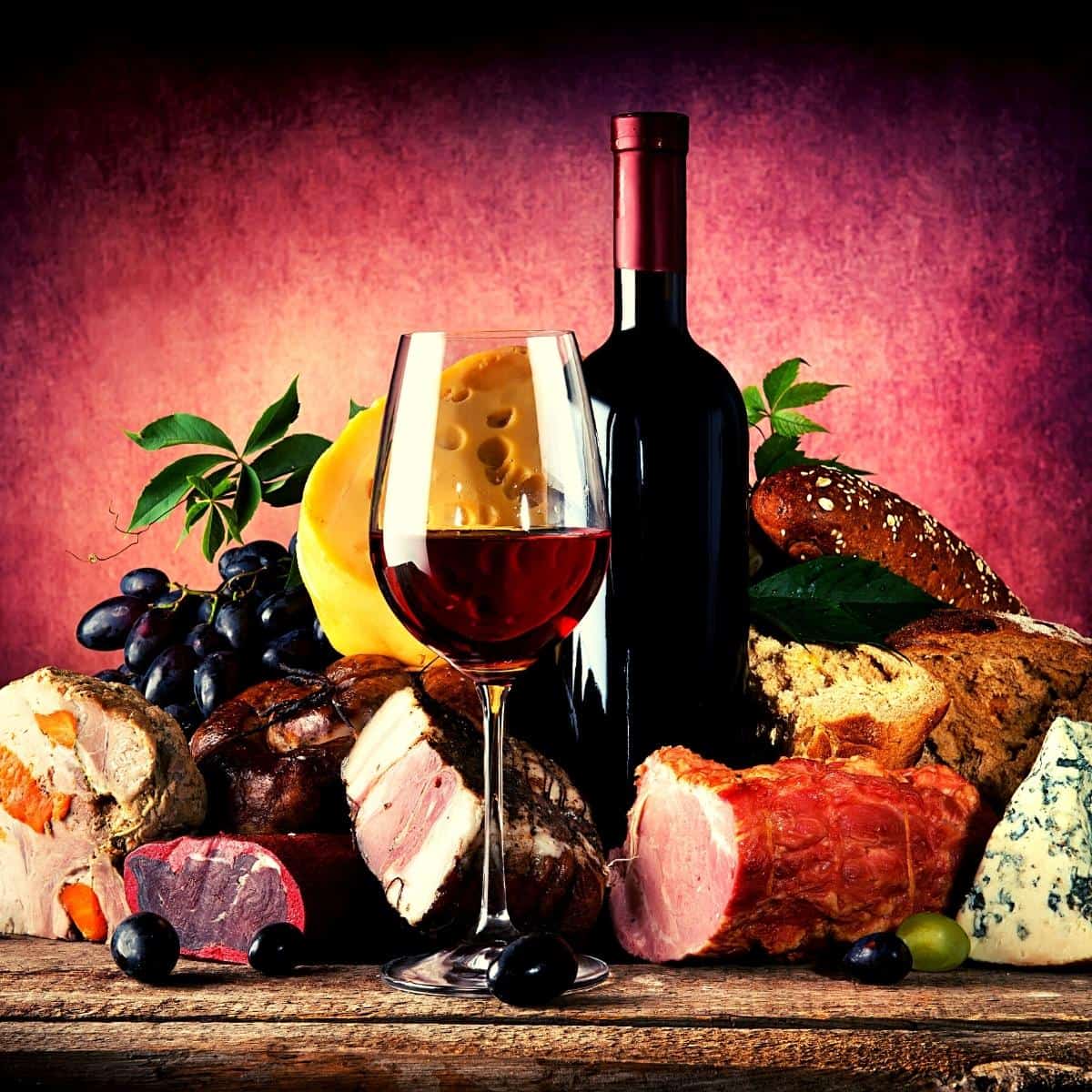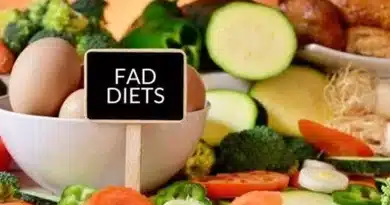A Beginner’s Guide to Food and Wine Pairings
This is a collaborative post.
You know your love for wine has reached new heights when you begin wondering which food goes well with the wine you’re drinking. This is why it’s important to have a guide that covers the basics of food and wine pairings. The good news is, it isn’t complicated — it’s mostly common sense.

Food and Wine Pairing 101
Even though personal preferences are an overriding factor when pairing wine and food, most people agree on the basic taste interactions.
The following points outline some of the basic rules for the best wine and food pairings which highlight the positive attributes of the wine, food, or both and downplay the negatives. By following these suggestions, you’ll be closer to achieving wine and food harmony.
Match the food’s weight with the wine’s weight: Serve light dishes (fresh/raw, high acid, low fat, crunchy foods) with dry, light-bodied, low alcoholic wines. Serve heavy foods (foods that have animal fat or dairy and rich sauces) with ripe, full-bodied, creamy-textured wines.
Serve high-acid foods with high-acid wines: For instance, serve tomato-based dishes and salads dressed with goat’s cheese and vinaigrette with tart Sauvignon Blanc, zesty Sangiovese, or dry Riesling.
Don’t pair oily/fatty fish with tannic wines: For instance, don’t serve any fish rich in Omega-3 fatty acids like salmon, mackerel, or black cod with Malbec or Cabernet Sauvignon.
Serve soft tannic wines with fatty, salty, protein-rich foods: Tannic wines are tart and mouth-puckering; protein-rich foods like well-marbled beef with salt soften the sour sensation.
Avoid serving high-acid wines with overly salty food: For instance, don’t pair Gamay like Beaujolais or Northern Italy’s Barbera with cured meats or foods with soy sauce with Italian Pinot Grigio.
Pair slightly sweet or sweet foods with sweet or off-dry foods: A tip to keep in mind is that the wine you serve should be sweeter than the food.

Pairing Food With Specific Wines
1. Serving Food With Versatile White Wines
The following crisp, dry white wine pairs well with most foods and can assist you in avoiding natural taste disasters. These versatile wines are also ideal when the meal incorporates various dishes simultaneously. They include:
- Unoaked Chardonnay
- Sauvignon Blanc
- Muscadet
- Pinot Gris
- Grüner Veltliner
- Albariño
- Riesling
- Chenin Blanc
- Semillon
- Champagne
2. Pairing Foods With Versatile Pink and Red Wines
You can buy zesty, non-oak low tannin wines when you’re unsure of what to serve. If you are looking to upgrade your existing wine collection, sites like Grays can get you started.
This gives you the opportunity to get rid of wines that may no longer suit your tastes. It also frees up space in your wine cabinet, so you can add in the wines that you love!
Bear in mind that the more expensive the wine, the more distinctive it will be, but the less versatile the food served will be.
Cheap red wines are typically more easygoing. Foods such as pork, pasta, mushrooms, pizza, roast beef, and cheese go well with red and pink wines, some of which include:
- Pinot Noir
- Gamay
- Barbera
- Sangiovese
- Valpolicella
- Grenache
- Cabernet Franc
- Merlot
- Tempranillo
- Dry Rosé
3. Pairing Spicy Food With Wine
Spicy foods can get in the way of enjoying wine; however, mildly spicy food can be perfectly paired with wine. Bear in mind the following tips when to find a wine pairing that works well with your spicy dishes:
- Spicy food goes well with off-dry or sweet wines as they lessen the burn.
- When dealing with spicy food, serve the wine chilled, even if it’s red wine. The cool temperature will provide temporary relief.
- Choose fruity, ripe, or high-alcohol wines to enable the body to deal with the spice. Since capsaicin — a compound found in chillies responsible for the burn — is soluble in alcohol, wines with higher alcohol can lessen the burn. Just ensure that the alcohol percentage is below 14%.
- Don’t serve spicy food with tannic and oaky wines as spice exaggerates the oaky flavour, and tannins become more tart.
Identifying the Basic Tastes in Food and Wine
There are over 20 tastes found in food, from sweet and sour to electric and umami. Fortunately, when it comes to food and wine pairing, we only focus on six tastes: spicy, fatty, bitter, salty, acidic, and sweet.
There are only three basic tastes for wine: sweet, bitter, and acidic. The degree of the taste differs depending on the type of wine. Red wines are biter; sparkling, rose, and white wines are acidic; sweet wines are sweet.
To pair food and wine properly, you must first consider the food’s basic taste and consistency. The consistency can either be light or rich. These two factors determine which food should be served with which wine.
Once you’ve determined the food’s dominant taste and consistency, you can start looking at the pairing options. There are two types of pairings: contrasting and congruent pairings. Contrasting wine pairing is when the wine’s flavour cuts through and balances the richness of the food.
On the other hand, congruent pairing is when the wine chosen complements the food’s flavour, for instance, serving sweet wine with sweet food. Ultimately the decision on whether to contrast or complement will depend on your preference.
The Bottom Line
Pairing food and wine is exciting, but it can quickly become overwhelming when you don’t know the basics. The rule of thumb when pairing food and wine is to focus on the dominant flavour of the dish and the wine and how they interact. With the tips above, deciding which wine pairs perfectly with which food will be fun and easy.




